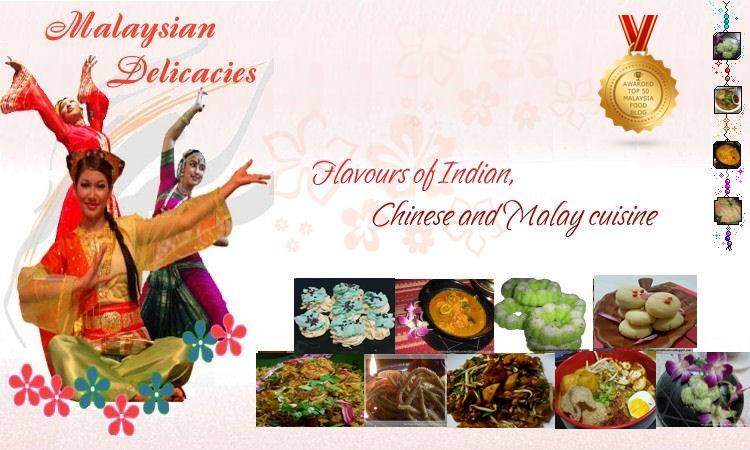
When one mention pegaga , the first thing that comes to mind is of its anti-ageing properties. When eaten raw as a salad leaf, pegaga is thought to help maintain youthfulness.
Centella asiatica or Hypocotyle asiatica which pegaga is known scientifically is a minor feature in the longevity myth of the Tai Chi Chuan master Li Ching-Yun. He purportedly lived to be 256, due in part to his usage of traditional Chinese herbs including using this herb.
Locally, known as pegaga among the Malays, ching chow sui by Chinese , and gotu kola or valarai by Indians or Indian pennywort in many parts of the world , has prized as a medicinal herb for thousand of years in both Chinese and Ayurvedic medicine systems. Lucky for us in Malaysia, its easily available in wet market,pasar tani and even at some supermarkets.A small bundle of pegaga is available in many wet markets for about Rm1 –Rm1.50.
The Malays consume the pegaga leaves as ulam ,eating them raw with sambal belacan ,the Chinese blend the leaves into drink purported to cool the body ,and the Indians enjoy is as a tonic. It can also be cooked in a curry with yam, or with fish and bird’s eye chillies or eaten raw as kerabu with coconut and dried shrimps/or fried anchovies.
Dubbed as "food for the brain", this herb rebuilds the energy reserves, and helps to treat symptoms of nervous breakdown. It also helps to combat stress, improve reflexes, and increase mental and physical power. Pegaga can reduce high blood pressure, senility, slow down ageing process, and help the body protect itself against toxins. This herb was first used in India, where it is part of Ayurveda, the traditional herbal medicine. It was also mentioned in the Shennong Herbal compiled in China about two thousand years ago. In recent years, pegaga has become popular in the West as a nerve tonic for relaxation and to enhance memory.
Recent studies show that pegaga has a positive effect on the circulatory system. It seems to improve the flow of blood throughout the body by strengthening the veins and capillaries. It has been used successfully to treat phlebitis (inflammation of the veins) as well as leg cramps, swelling of the legs, and "heaviness" or tingling in the legs.
Pegaga has been proven to be particularly useful to people who are inactive or confined to bed due to illness. Proponents of the herb also believe that its beneficial effect on circulation may help improve memory and brain function.
This herb also has an important role in gynecology. It has been used successfully to promote healing after episiotomy, a surgical incision of the vulva performed to prevent tearing during childbirth. In fact, a study reported in a French medical journal in 1966 revealed that women treated with pegaga after childbirth healed more rapidly than those given standard treatment. Pegaga is said to help heal the wound cause by incision during childbirth just by washing the area with its juice. All you need to do is to wash clean the leaves and boil them with water. Use half of the water to wash the wound and the other for drinking. The wound heal very fast. Due to its cooling effect,it helps to reduce the heatiness in one's body.It is believed one's body would be overheated when one is down with dengue and that also caused the patient to have fever, pegaga juice is said to have helped many in recovering from dengue fever.
The leaves ,eaten raw or roasted with scraped coconut , are believed to purify the blood and cure indigestion,nervousness and dysentery.World demand for the herb has skyrocketed, and it has become one of the top 25 top selling herbs in US, showing up in skincare products, herbal drinks and health food products.

Comments
Post a Comment